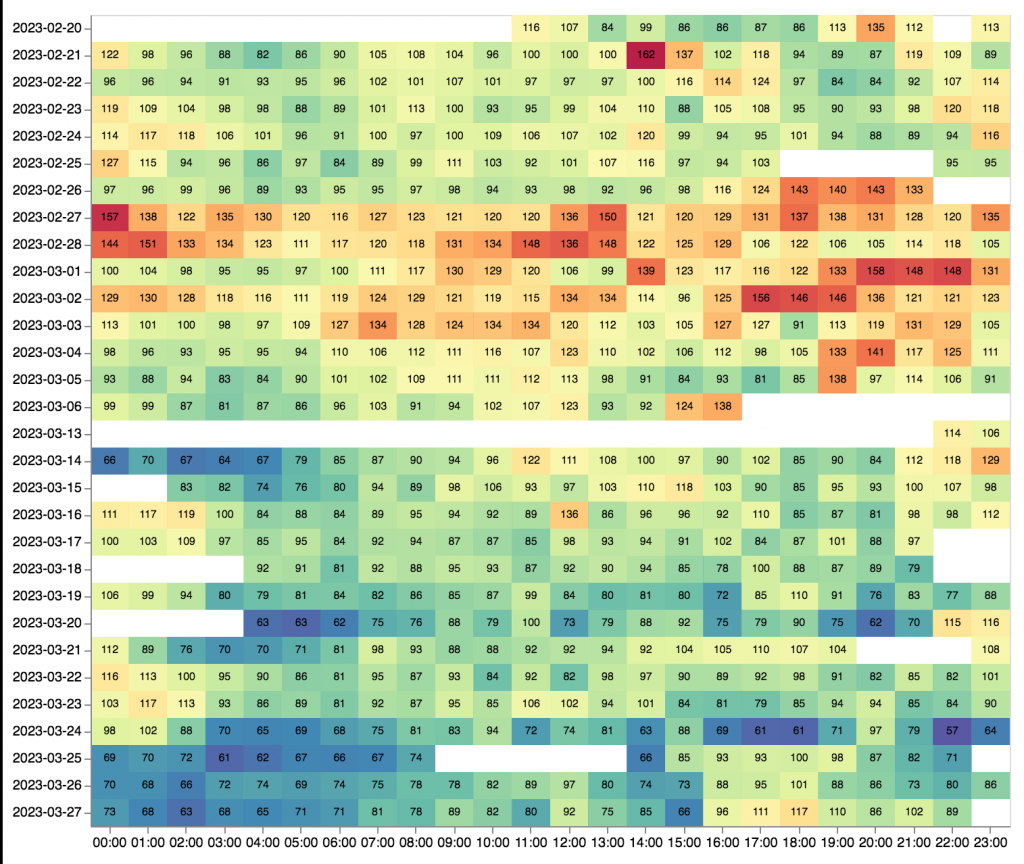Personal Informatics In Practice: A Cross-Platform Smartphone Brain Scanner
Ian Li
February 28, 2012
Better understanding of the intricate relations between our brains and behaviors is key to future improvements in well-being and productivity. Conventional tools for measuring these relations such as functional magnetic resonance imaging (fMRI) or positron emission tomography (PET) typically rely on complex, heavy hardware that offer limited comfort and mobility for the user. This means that measuring brain activity has been confined to expensive laboratories and that it has been a challenge to perform longer term continuous monitoring of brain signals in real life conditions.
Electroencephalography (EEG) is a method for recording the electrical activity along the scalp. EEG measurements can determine different states of brain activity, for instance is this signal used by the popular Zeo Sleep Manager to determine when the user is in different sleep stages, using just a few electrodes. More electrodes enable a richer picture of the brain state and in laboratory settings typically 64, 128, or 256 electrodes are used. However, these systems are time consuming and cumbersome to install and their wiring limits user mobility and behaviors.
With our ‘Smartphone Brain Scanner’ system we aim to enabled continuos monitoring and recording of brain signals (EEG) in everyday natural settings. For that purpose we use an off-the- shelf low-cost wireless Emotiv EPOC neuroheadset with 14 electrodes, which we have connected wirelessly to a smartphone. The smartphone receives the EEG data with a sampling rate of 128 Hz and our software on the smartphone then perform a complex real-time analysis in order to do brain state decoding. That is, estimate the sources from which the brain activations occurred and then show the result in a 3D model of the brain on the smartphone display. This allows the user to observe his/her brain activations in 3D in real time. The video below provides a demonstration.
The smartphone brain scanner enable complete user mobility and continuous logging of brain activities either for real-time neuro feedback purposes or for later analysis. The user can interact with the 3D brain model on the device using touch gestures and the system allow up to 7.5 hours continuos recording.
From a personal informatics perspective the ability to obtain continuous bio-feedback is interesting as it has been shown that such bio-feedback may lead to improvements in behavior, reaction times, emotional responses, and musical performance. Within the clinical domain it has been shown to have a positive effect on attention deficit, hyperactivity disorder, and epilepsy. For such applications a low-cost and easy-to-use brain monitoring system enabling complete mobility could be beneficial. Furthermore, the ability to monitor and record brain signals over longer durations in natural settings might allow the user to gain new insights, and the low-cost setup even allow studying EEG signals in group settings.
More information about the smartphone brain scanner is available here: http://milab.imm.dtu.dk/eeg
With a Nokia N900 and the Emotiv EPOC headset you can try the system for yourself by downloading the brain scanner software from the Maemo repository. We also have a version for Android-based smartphones and tablets, however the software is not released yet.





